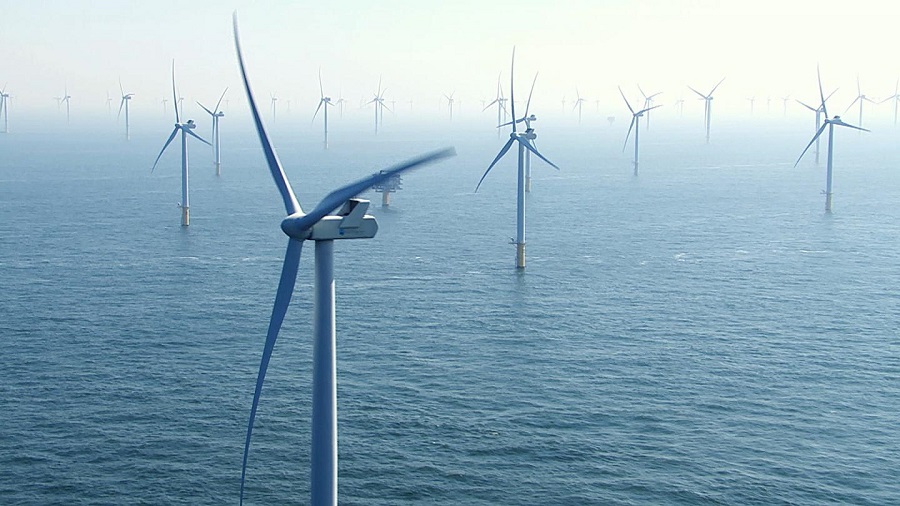RIO DE JANEIRO, BRAZIL – This volume of energy is equivalent to the total potential of virtually four Belo Monte hydroelectric plants, the largest Brazilian power plant.
Through Decree 10,946, issued on Wednesday, January 25, by the Ministry of Mines and Energy in an extra edition of the Federal Gazette, rules were established for energy exploration from offshore winds, a practice explored in several European countries, but that was still awaiting regulations in Brazil.

The text establishes the use in Brazilian waters, in the territorial sea, in the exclusive economic zone, and on the continental shelf, for the generation of electric energy in the so-called “offshore projects.”
The projects currently being analyzed by IBAMA total as many as 3,486 wind turbines that would be installed offshore in Brazil. The wind farms would be built in the states of Bahia, Ceará, Espírito Santo, Piauí, Rio de Janeiro, Rio Grande do Norte, and Rio Grande do Sul. Each project varies in distance from the coast, from 1 to 20 kilometers.
In all, there are 23 parks requested so far. In some projects, such as one planned for Rio Grande do Sul, the plan is to erect as many as 482 towers in a single region, according to IBAMA.
Countries like Germany, Belgium, Denmark, Spain, France and Portugal are known for adopting this type of undertaking.
Through a note, the Brazilian Association of Wind Energy (ABEEÓLICA) praised the measure.
“I am sure that this moment will be a historical point when analyzing the development of offshore wind power in Brazil, a decree that will be marked as a key step for the sector,” says the association’s chairman Elbia Gannoum.
“I have no doubt that in a few years we will celebrate our first GWs (gigawatts) of offshore wind power and Brazil, which currently has one of the best winds in the world for onshore wind power, will also become known for the success of its offshore wind power, a technology considered essential in the fight to contain the effects of global warming.”
With these rules, the industry understands that the technical criteria are established, as well as the study requirements and how the bodies responsible for the undertakings will be able to analyze, approve and confirm the progress of each stage of the projects, which are more complex than onshore wind farms. The energy generation towers are installed hundreds of meters or a few kilometers from beaches, with larger equipment, specific blades and towers, and their own distribution network.
In the second half of last year, wind accounted for an average of 20% of the daily national electricity supply. Wind turbines supply an entire day’s consumption in the Northeast Region. Estimates indicate that at peak times wind power can supply about 23% of Brazil’s total energy market.
Ten years ago wind power was a mere experiment within the electricity matrix, with a little over 900 megawatts of installed capacity in a few dozen wind farms. A decade later, this volume has multiplied 20-fold and now amounts to 19,000 megawatts. There are more than 720 wind farms that daily turn 8,550 wind turbines on the main wind corridors in Brazil.
In 2020, Brazil ranked third in the world for the greatest increase in generation capacity, with 2,297 megawatts added, second only to China and the United States. The sector received some US$4 billion in investments in 2020. Considering the period from 2010 through 2020, US$37.3 billion was injected into wind farms.
Onshore, the growth in wind generation is contracted. The National Agency for Electrical Energy (ANEEL) has approved the construction of 163 wind farms in the country. An additional 5,445 megawatts of power will be injected into the national park, not taking into account the offshore projects.
Brazil, which until 2013 held the 13th position in the world ranking of wind power generation, closed 2020 as the 7th country consuming the most energy produced by wind power, only behind China, the United States, Germany, India, Spain, and France.

